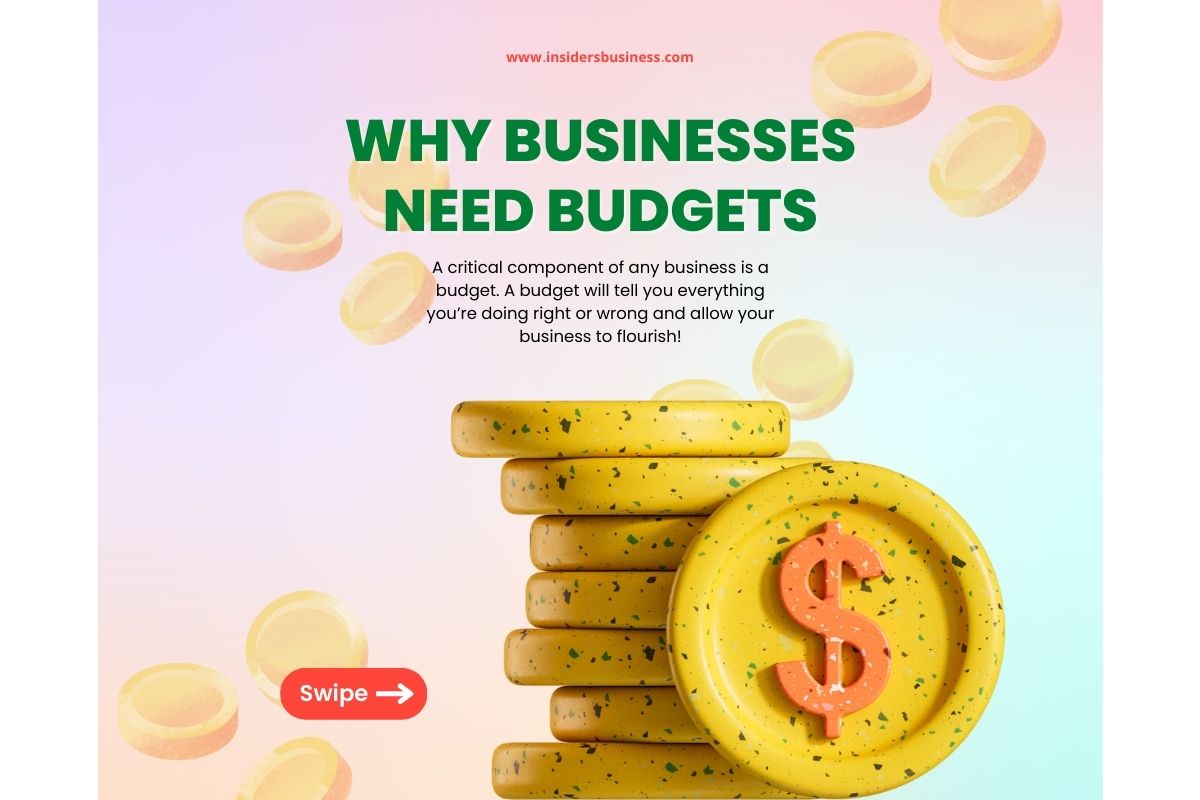Many CEOs concur that a company’s success depends nearly entirely on customer happiness. After all, these people will post reviews, spread the word about your company, decide whether or not to make another purchase, etc. Theoretically, you might have a fantastic product idea, but if your target market dislikes how it was implemented, your sales could suffer significantly. This is especially true if your company ignores these issues, which leads to customers returning your products, preferring your rivals instead of you, and deterring other customers from making purchases.
In this article, we’ll discuss typical customer problems and how a qualified industrial design firm could approach fixing them to produce the most incredible product design services imaginable.
Here are the most common complaints consumers make about products:
Poor design.
Contrary to the adage “Don’t judge a book by its cover,” a product’s aesthetic appeal is just as crucial as its functionality. For instance, if a consumer is presented with two items that are the same in terms of function and cost but have different aesthetics, they will be more likely to choose the one that appeals to their own individual sense of style. Customers’ dissatisfaction with a company’s aesthetic decisions for a given product is a symptom that the general public does not have a favorable attitude towards the product’s design. Industrial designers advise conducting market research to identify what your consumer base is searching for in terms of aesthetic components to handle this issue. With the help of this knowledge, your designers can produce a product that uses the appropriate design language for your market to persuade buyers to choose your product design and development company over rivals.
The product falls short of what it promises.
Customers are typically motivated to purchase goods that offer practical solutions to specific issues they face daily. For instance, compared to people who don’t have this issue, those who have trouble falling and staying asleep are more prone to buying things that promise a better night’s sleep, such as weighted blankets, white noise generators, eye masks, and meditation apps. In light of this, products must live up to their promises; otherwise, a company will risk alienating customers who are dissatisfied with their purchase and will be reluctant to trust the same company in the future. It suggests a design defect limiting the product’s operation when this seems to be the most significant complaint customers have about it. In this case, a redesign is required to update and fix its workings. In particular, going back to the brainstorming phase is a great place to start. Here, industrial design firms may determine the optimal design-build for the specific function of your product, enabling it to function as promised.
The product is too difficult to use.
If most customer complaints signal difficulty using your products, it’s time to investigate their functionality. However, in this case, likely, there isn’t anything technically wrong with the design-build or mechanisms; rather, they’re just too complicated. Customers want simplicity—in most cases, they’d give their business to a product that only needs a push of a button rather than one that requires switches, toggles, knobs, or any other combination of elaborate steps. To address this problem, your designers will need to do market research with an emphasis on product configuration. You can obtain a solid picture of how the market anticipates your product’s operation. With this knowledge, your designers can proceed with ideation while knowing the proper features to incorporate to construct a simple and user-friendly product.
The product is too pricey.
Customers complaining about a product’s pricing is a pretty common complaint. Of course, your company is your livelihood; therefore, as the CEO, you should set your prices for what is essentially your original inventions. However, if your clients don’t think the price is justified by the product’s quality, marking up your products substantially higher than necessary might be a terrible business practice. Fortunately, it is possible to lower your pricing points without significantly reducing your prospective revenues. This is to ensure your products are produced utilizing techniques, supplies, and resources that cause the least amount of money and time wasted. By doing this, you can determine an appropriate price point that considers the caliber of your raw materials and the length of time it took to produce your goods. In the field of industrial design, this is referred to as “cost-effective product design.” Finding the right balance to ensure that your profitability is maximized through cost-effective product development can be challenging. Fortunately, skilled product design companies in California are well versed in working while wasting as few resources as possible, so you can ensure that your products are priced reasonably for you and the market.
Do you need product design services that actually work? Call (714) 375-4846 to find out how Design Stein Studio can help you today!



